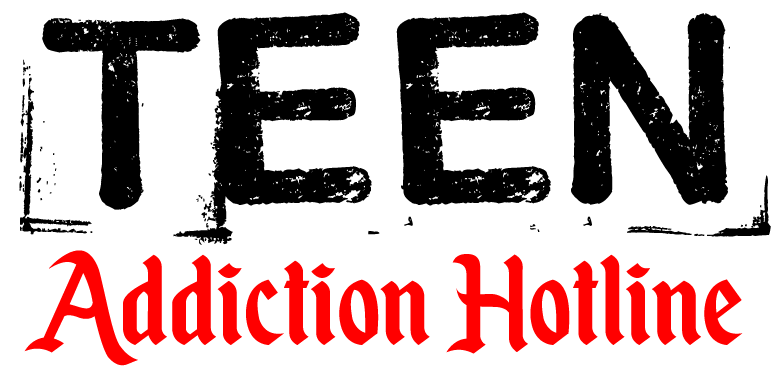Teenage Cocaine Abuse Hotline
If you believe you are battling with cocaine abuse, you are not alone. To speak with a specialist about cocaine abuse symptoms and seek help with teenage drug abuse services, call The National Teen Cocaine Abuse Hotline at (888) 351-0084.
Teen Cocaine Substance Abuse Hotline
If you live in the United States, you can find assistance and hope. Teen Cocaine Addiction Hotline serves as a portal with multiple free, renowned teenage drinking hotline resources that are open 24 hours a day, seven days a week for folks just like you. If you or a loved one is suffering from cocaine substance abuse, you have the abilities to get back on track. Call 888-351-0084 now.
The issue of teenage cocaine abuse presents a pressing concern within the landscape of adolescent substance misuse. Cocaine, a powerful stimulant, exerts its effects on the central nervous system, leading to intense euphoria, heightened energy, and increased alertness. Against the backdrop of adolescence—a period characterized by identity formation, peer interactions, and emotional changes—understanding the prevalence, factors contributing to, and consequences of teenage cocaine abuse is paramount. This multifaceted problem warrants careful investigation to inform effective prevention strategies, timely interventions, and comprehensive support systems that address the unique challenges associated with adolescent cocaine misuse. If you need immediate medical attention, call 911 Now.
Teen Cocaine Addiction Resources
SAMHSA’s National Helpline
SAMHSA’s National Helpline is a free, confidential, 24/7, 365-day-a-year treatment referral and information service (in English and Spanish) for individuals and families facing mental and/or substance use disorders.
Crisis Text Line
Text HOME to 741741 from anywhere in the United States, anytime. Crisis Text Line is here for any crisis. A live, trained Crisis Counselor receives the text and responds, all from our secure online platform. The volunteer Crisis Counselor will help you move from a hot moment to a cool moment.
National Institute on Drug Abuse
The National Institute on Drug Abuse (NIDA) is a federal scientific research institute and the world’s largest funder of biomedical research on drug use and addiction. NIDA’s mission is to advance science on drug use and addiction and to apply that knowledge to improve individual and public health. NIDA is one of 27 Institutes and Centers that comprise the National Institutes of Health, part of the U.S. Department of Health and Human Services.
Society for Adolescent Health and Medicine
Society for Adolescent Health and Medicine The Substance Use Resources for Adolescents and Young Adults are online resources aimed specifically at adolescents and young adults. Health care providers and youth serving professionals can offer these additional resources or print the PDF one-page reference sheet to adolescents and young adults looking for additional information, including online resources, support groups, peer networks, helplines, treatment locators, and advocacy opportunities.
U.S. Department of Health Adolescent and School Health
Helping schools to help youth and prepare them for their futures is at the center of everything we do. To support that effort, the Division for Adolescent and School Health has put together educational materials that address topic areas related to adolescent health including: Health Services, Health Behaviors, What Works in Schools.
24/7 Free Confidential Hotline
Remember, your call is confidential, and you can share as much or as little as you feel comfortable. We respect your privacy and are here to support you in a way that best suits your needs.
National Teenage Cocaine Abuse Statistics
Cocaine use among adolescents in the U.S. has been relatively lower compared to other substances like alcohol and marijuana. According to the National Institute on Drug Abuse (NIDA) and the Substance Abuse and Mental Health Services Administration (SAMHSA), here are some statistics related to adolescent cocaine use:
- Lifetime Use: In 2020, approximately 1.0% of 8th graders, 2.2% of 10th graders, and 2.5% of 12th graders reported having used cocaine at least once in their lifetime, according to the Monitoring the Future study.
- Past Year Use: The same study reported that in 2020, about 0.7% of 8th graders, 1.2% of 10th graders, and 1.7% of 12th graders had used cocaine in the past year.
- Perception of Risk: The perceived risk associated with cocaine use has generally been a deterrent for teenagers. In 2020, around 47.4% of 8th graders, 41.2% of 10th graders, and 32.3% of 12th graders believed that trying cocaine once or twice carries a great risk.
- Cocaine vs. Other Drugs: Cocaine use has been lower compared to other substances. For example, in 2020, the past-year prevalence of marijuana use among high school seniors was reported to be around 22.7%.
Exploring the nuances of teenage cocaine abuse involves an examination of several critical components. These include understanding the factors that influence initiation and progression of cocaine use among teenagers, such as peer pressure, familial relationships, and access to the drug. Additionally, delving into the potential consequences of cocaine abuse, ranging from impaired cognitive function and academic performance to mental health issues and disruptions in social relationships, is essential for comprehending the holistic impact on adolescent well-being. By unraveling the complexities of teenage cocaine abuse, educators, healthcare providers, parents, and policymakers can collaboratively work towards early detection, prevention, and intervention strategies that contribute to the overall health and resilience of young individuals facing the challenges of substance misuse.
